Hey Spinners, Craftsy loves us! Have you noticed? Our own Jillian Moreno recently did a craftsy class called PLY to Knit (okay, it’s really just called Ply to Knit but I like writing PLY!) and I’m watching it now. Literally, right now! There’s Jillian with her great hair, dazzling smile, and cat-eyed glasses being just barely over-shadowed by all the smartness coming out of her mouth!
I’m going to try and give this a true and honest review but since I just think Jillian is super brilliant and a wonderfully talented spinner, it might be biased. A bit.
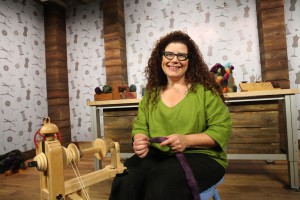
First, Craftsy has gotten really good. The way they put together lessons is super easy and intuitive to follow, which is important to me. I don’t want to have to figure out how to use the platform while I’m trying to figure out my spinning and they’ve done a great job making it easy to use. I also really like that you can interact with the teacher. Second, Jillian is comfortable and charming during all the lessons. She’s likable and I think that’s a really important piece in the puzzle. Can you imagine if you had to watch a grouchy teacher for 3 hours? Yeesh.
This PLY to knit class has 7 lessons ranging in length but averaging about 30 minutes each. Each lesson is broken up into main ideas that make sense. In Jillian’s case those lessons are:
An Intro to PLY: This is a kind of setting of the stage. We meet Jillian (charming) and she goes over what plying is, what it does for us, and what some of the terminology she’ll use means.
How to PLY: This is a big big lesson. This is where she gets into the meat of plying. How to sit, how to set up, how to actually ply. She talks about resting and rewinding bobbins and plying from your hand too. I found myself nodding along with much of what she said, thinking, yes, I agree with that.
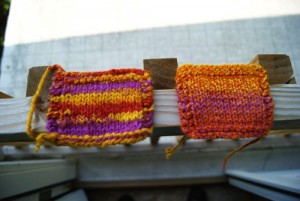 Lesson #3 and Lesson #4 cover everything your might want to know about 2-ply and 3-ply yarn, from plying to knitting to balance and unbalance to chainplying. She even compares 3-ply and chainplying. It’s good stuff. I think it’s really important that she shows examples in knitted swatches so we can see exactly how the different plys effect our knitting. Following her lead, because it’s fun to spin along with her, here’s the samples I spun and knit during these 2 lessons. The one on the left is chain-plied, the one on the right is 3-ply. Both are from the same fiber. I was really careful to match up my color on the 3-ply and when I made my loops on the chain-ply, I really tried to have very little color mixing. In the end, I like the gradual color change of the 3-ply swatch but know that it had more to do with my chain-plying technique than chain-plying in general. Both are great techniques and Jillian is good at explaining why.
Lesson #3 and Lesson #4 cover everything your might want to know about 2-ply and 3-ply yarn, from plying to knitting to balance and unbalance to chainplying. She even compares 3-ply and chainplying. It’s good stuff. I think it’s really important that she shows examples in knitted swatches so we can see exactly how the different plys effect our knitting. Following her lead, because it’s fun to spin along with her, here’s the samples I spun and knit during these 2 lessons. The one on the left is chain-plied, the one on the right is 3-ply. Both are from the same fiber. I was really careful to match up my color on the 3-ply and when I made my loops on the chain-ply, I really tried to have very little color mixing. In the end, I like the gradual color change of the 3-ply swatch but know that it had more to do with my chain-plying technique than chain-plying in general. Both are great techniques and Jillian is good at explaining why.
One of my favorite lessons is #5, fixing mistakes. I make a lot of mistakes, almost all the ones she mentions, so I squinched up my face and watched extra hard during this part.
Plus, she says this great line: “the answer to this mistake is a sandwich.” I really like when the answer to my mistake is a sandwich!
She rounds out the entire class with a lesson on finishing and a lesson on measuring. And if I didn’t love the class already, she uses a WPI tool shaped like a tardis! Sandwiches and tardises! She’s a lady after my own heart.
Altogether, it’s a solid class on plying to knit. While I watched I tried to think if there is stuff that I’d have included that she left out and there isn’t any glaring omissions. Of course, not everything about plying is in here but that be silly to expect. Spinning is a giant and long-standing craft. If everything could be taught in 3 hours, PLY Magazine wouldn’t make it very long, right? And really, what that means, at least what I hope that means, is that craftsy will do lots more spinning classes! Let them know we want more, okay?
If you want to ply to knit, this class will teach you a lot, no matter how long you’ve been spinning. Here’s a link (with a little discount).


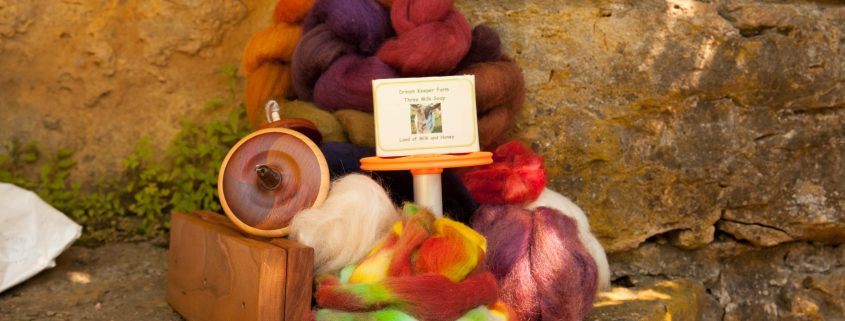

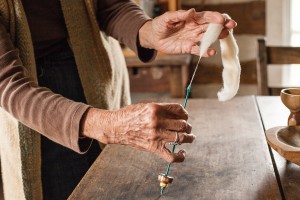
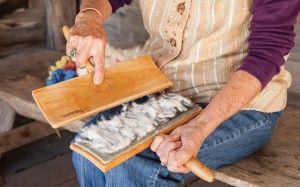 We love hearing what the spinners of the world think about each issue! It also helps us entice new readers to pick up a copy of PLY. So we’d really love it if you would
We love hearing what the spinners of the world think about each issue! It also helps us entice new readers to pick up a copy of PLY. So we’d really love it if you would 
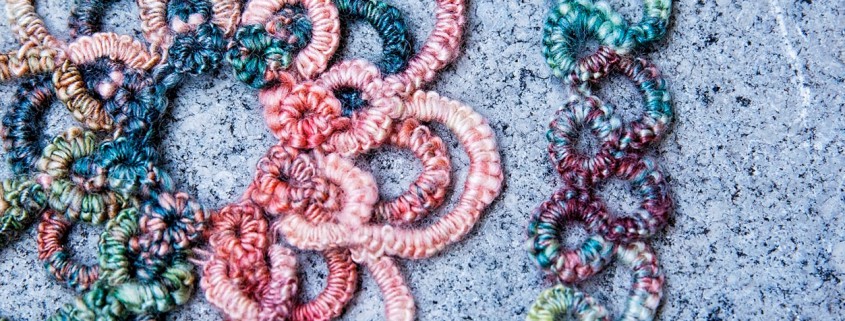

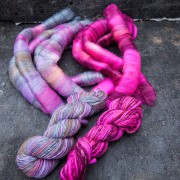
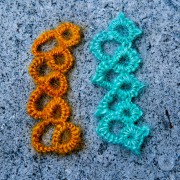
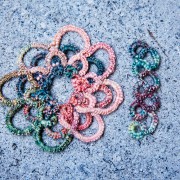
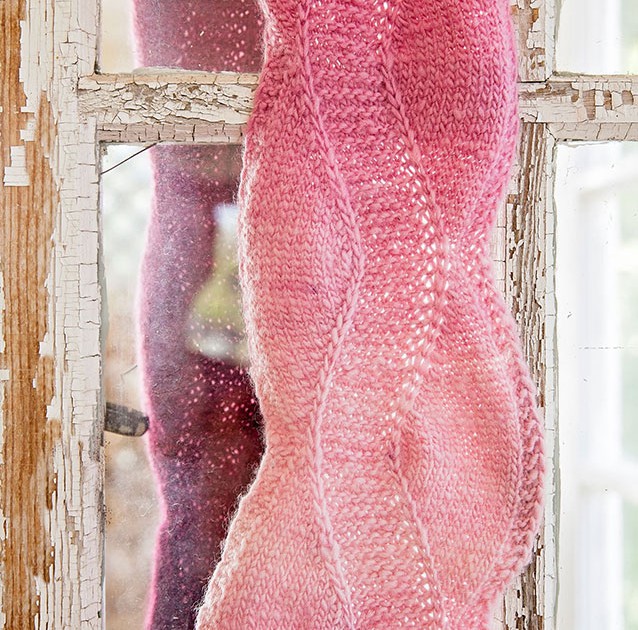
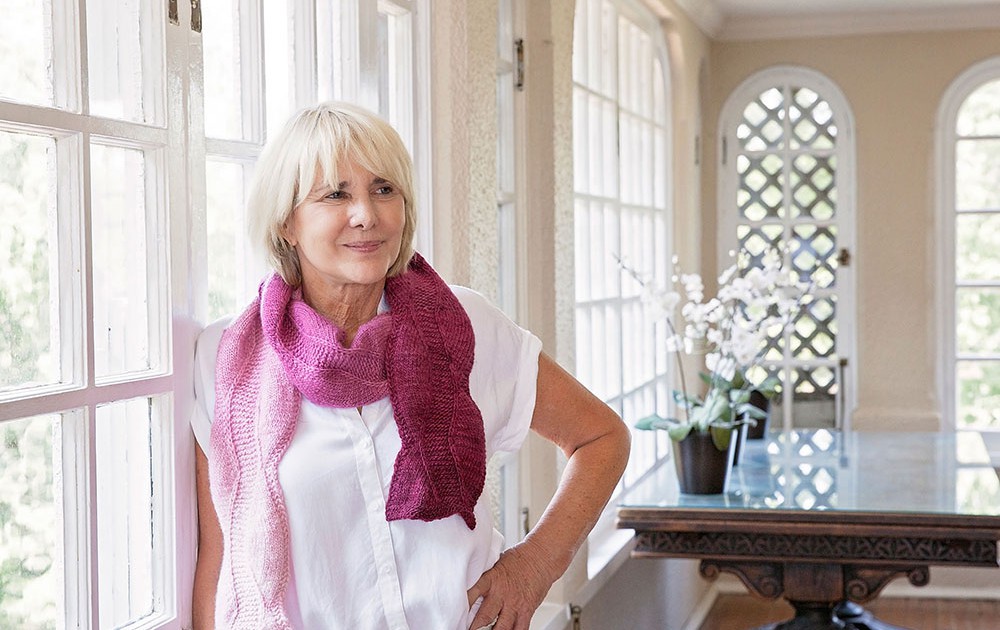
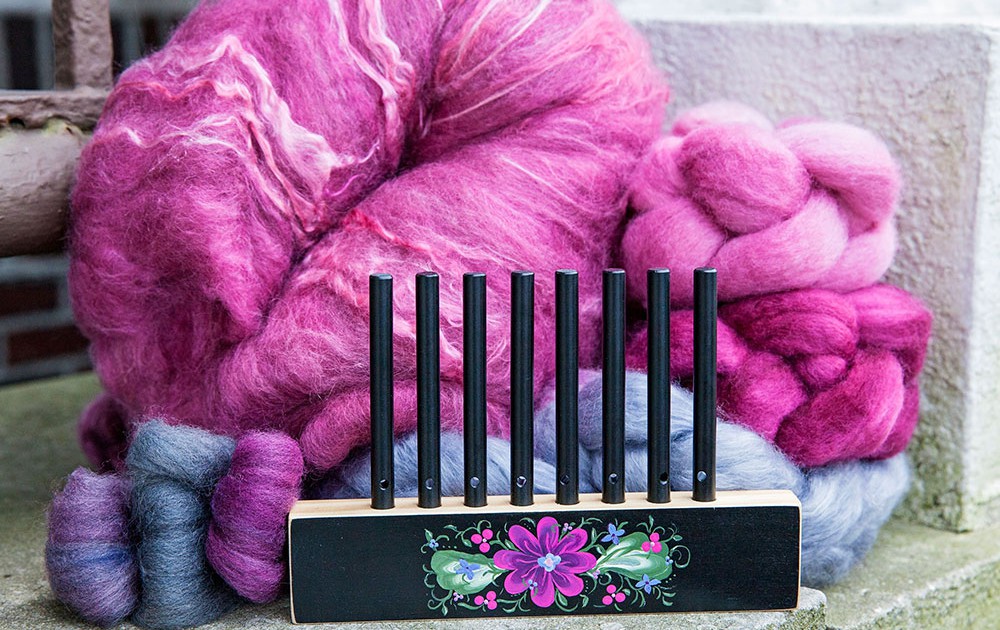
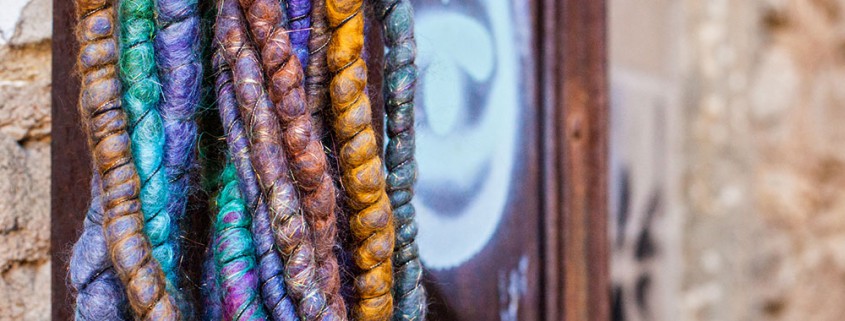
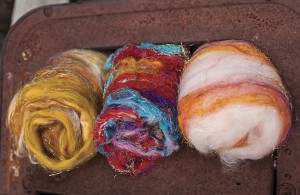 It’s that time again, the time when I ask you to review the current issue. I want to know what you think. I have some gorgeous textured batts to send one lucky reviewer/subscriber. They’re the kind of batts that make fantastic corespun yarn, the kind that Steph Gorin wrote about in this very issue. If you’ve never tried this technique, it’s be the perfect opportunity to give it a whirl. Of course, if you’ve already tried it, you don’t have any need for more fiber do you? Oh, right, spinners always need more gorgeous fiber!
It’s that time again, the time when I ask you to review the current issue. I want to know what you think. I have some gorgeous textured batts to send one lucky reviewer/subscriber. They’re the kind of batts that make fantastic corespun yarn, the kind that Steph Gorin wrote about in this very issue. If you’ve never tried this technique, it’s be the perfect opportunity to give it a whirl. Of course, if you’ve already tried it, you don’t have any need for more fiber do you? Oh, right, spinners always need more gorgeous fiber! 
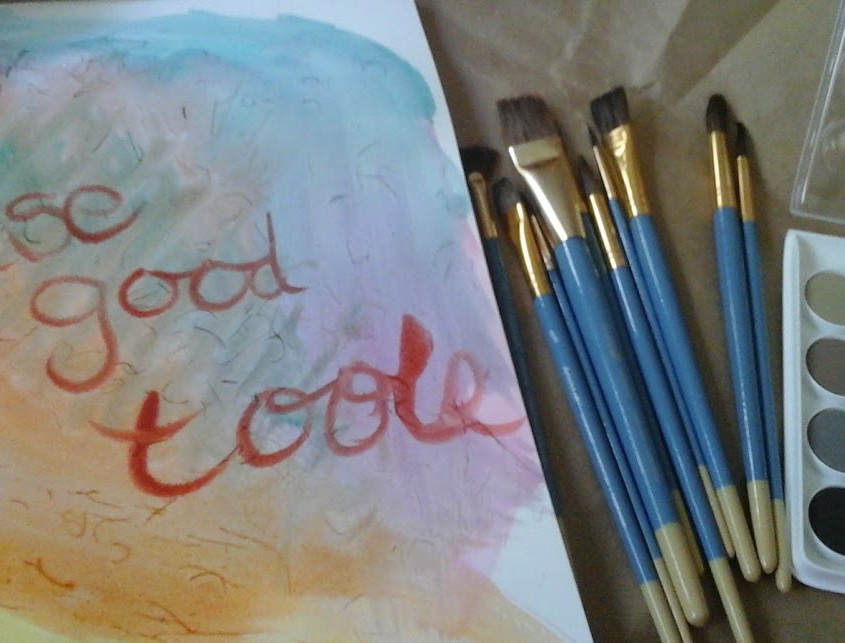
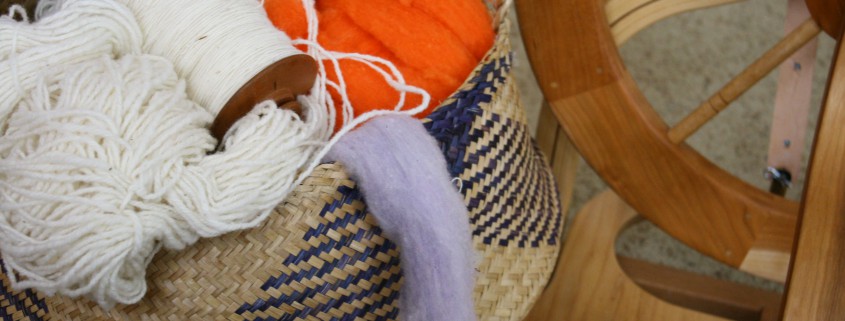
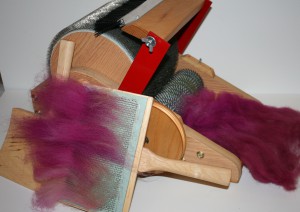
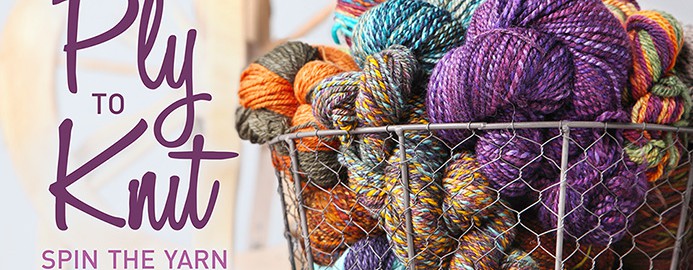

 Lesson #3 and Lesson #4 cover everything your might want to know about 2-ply and 3-ply yarn, from plying to knitting to balance and unbalance to chainplying. She even compares 3-ply and chainplying. It’s good stuff. I think it’s really important that she shows examples in knitted swatches so we can see exactly how the different plys effect our knitting. Following her lead, because it’s fun to spin along with her, here’s the samples I spun and knit during these 2 lessons. The one on the left is chain-plied, the one on the right is 3-ply. Both are from the same fiber. I was really careful to match up my color on the 3-ply and when I made my loops on the chain-ply, I really tried to have very little color mixing. In the end, I like the gradual color change of the 3-ply swatch but know that it had more to do with my chain-plying technique than chain-plying in general. Both are great techniques and Jillian is good at explaining why.
Lesson #3 and Lesson #4 cover everything your might want to know about 2-ply and 3-ply yarn, from plying to knitting to balance and unbalance to chainplying. She even compares 3-ply and chainplying. It’s good stuff. I think it’s really important that she shows examples in knitted swatches so we can see exactly how the different plys effect our knitting. Following her lead, because it’s fun to spin along with her, here’s the samples I spun and knit during these 2 lessons. The one on the left is chain-plied, the one on the right is 3-ply. Both are from the same fiber. I was really careful to match up my color on the 3-ply and when I made my loops on the chain-ply, I really tried to have very little color mixing. In the end, I like the gradual color change of the 3-ply swatch but know that it had more to do with my chain-plying technique than chain-plying in general. Both are great techniques and Jillian is good at explaining why.